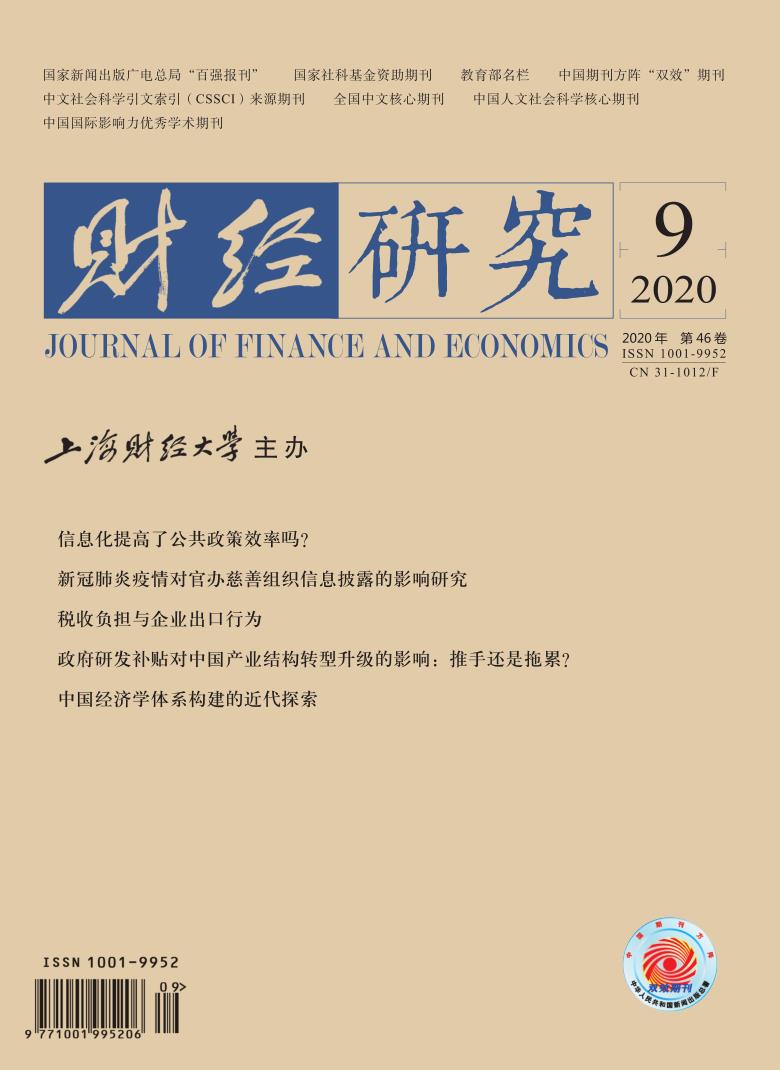With the development of information technology and transportation, people’s ability to obtain information and the scope of commuting space have been improved. The search behavior of job seekers has also changed greatly, and people’s job search scope has expanded rapidly. In this paper, a labor market model is established by using the agent-based model (ABM). Based on the model, four experimental groups are set up to study the impact of the collective expansion of workers’ search scope on workers, enterprises and labor market.
Simulation experiments show that the expansion of workers’ search scope is conducive to reducing the unemployment rate and increasing the growth rate of workers’ wages, but there is a phenomenon of diminishing marginal effects. More specifically, although the expansion of job search scope can increase the employment opportunities of workers and increase the probability of final application success, it will also bring about negative effects such as increased application costs, tight search resources, and increased expected wage. In addition, the profit environment of enterprises will also improve as the search scope of workers expands, and enterprises will provide more jobs. The expansion of workers’ search scope will also improve the matching efficiency of the market, allowing more workers to find jobs, but due to the increase in labor demand, more vacancies will appear in the market.
This article believes that vigorously developing Internet job recruitment and urban rail transit, and expanding the space scope and information channels for job seekers will have a positive impact on the labor market. The government can effectively reduce the application cost of job seekers by developing various low-cost recruitment methods and subsidizing the transportation expenses of applicants, so that job seekers are willing to try more job opportunities.
Compared with the existing literature, this article has two innovations: First, it is different from the previous discussion about the advancement of production technology. This article focuses on the expansion of job search scope brought by the advancement of search technology, and studies its impact on the labor market. Second, it analyzes worker unemployment in a more detailed and microscopic manner through the methods of ABM and multi-agent simulation experiment, which involves the distinction between different types of unemployment. We hope to take this research to make more labor economics scholars pay attention to the ABM method.






 4423
4423  5285
5285

